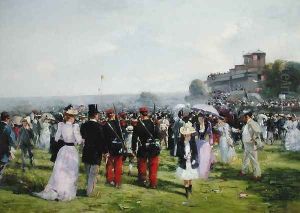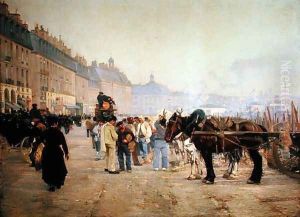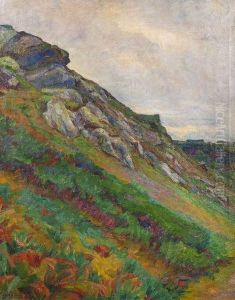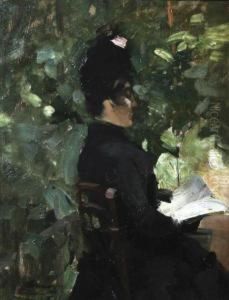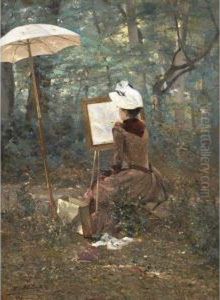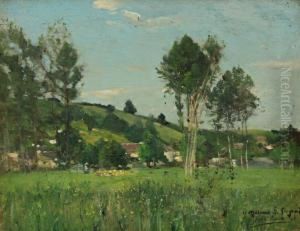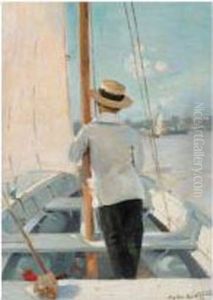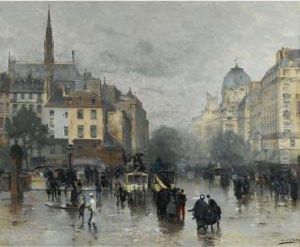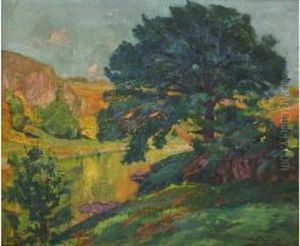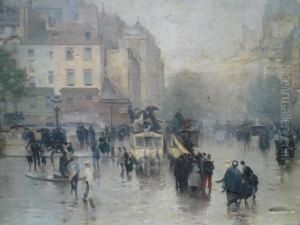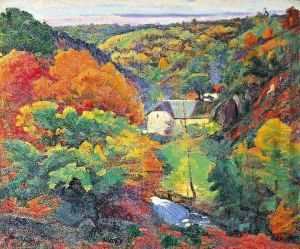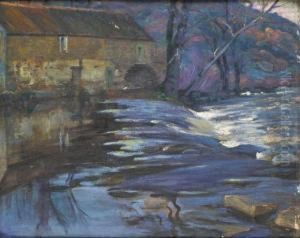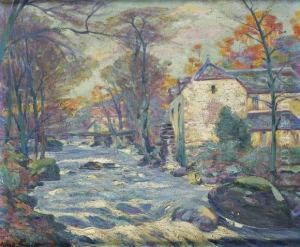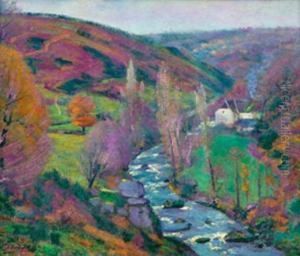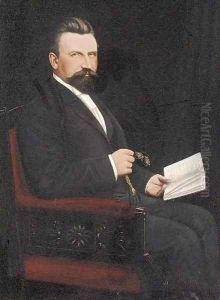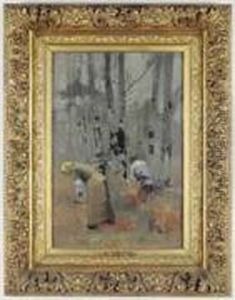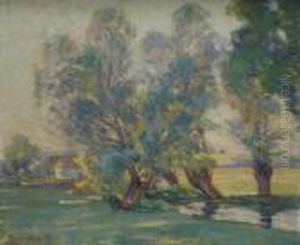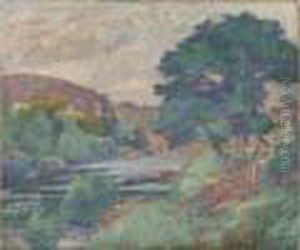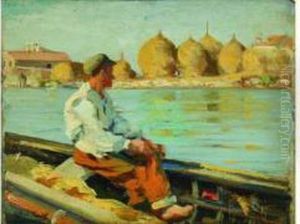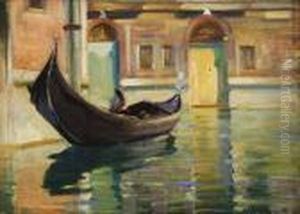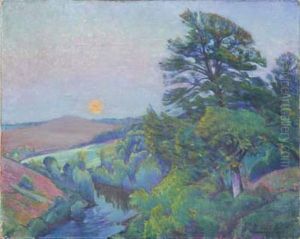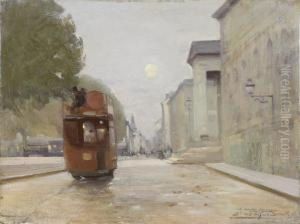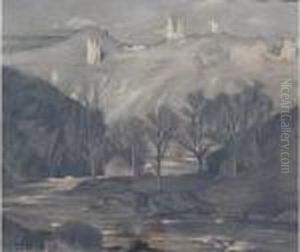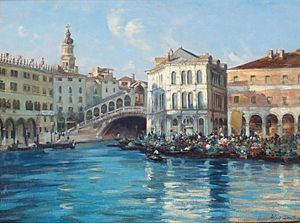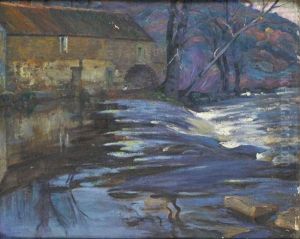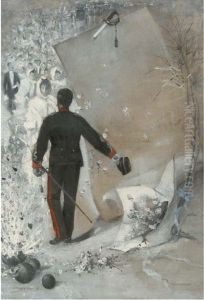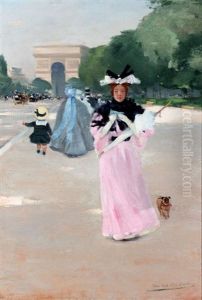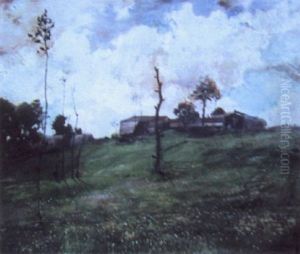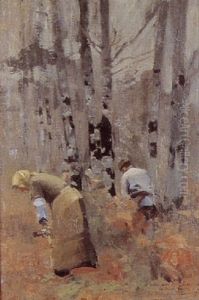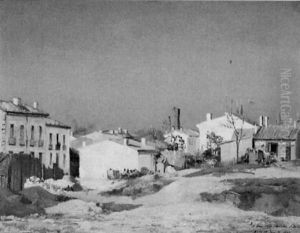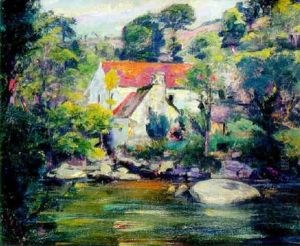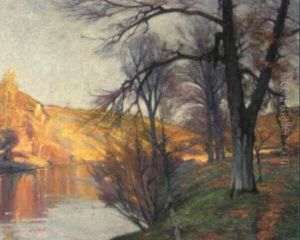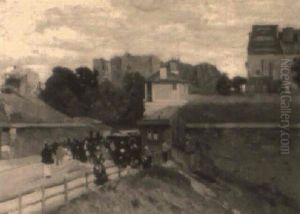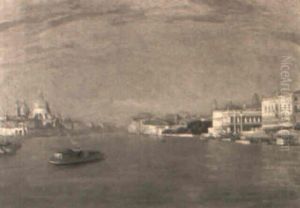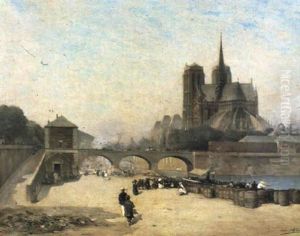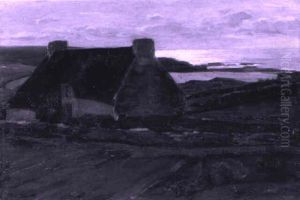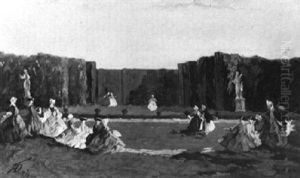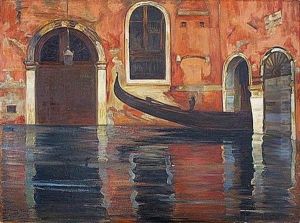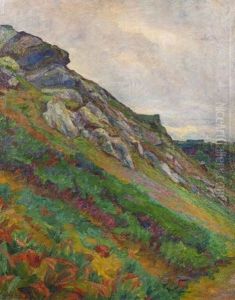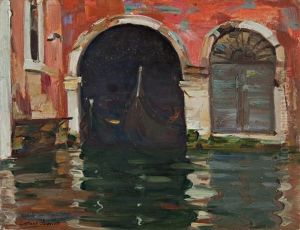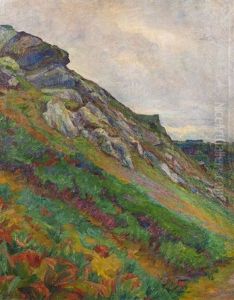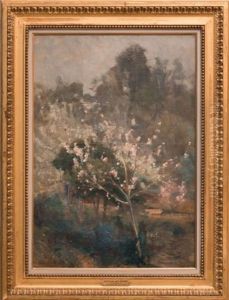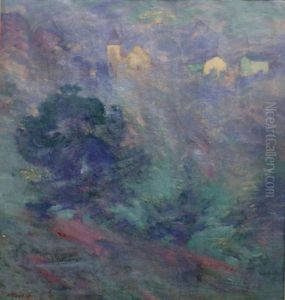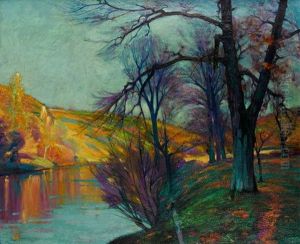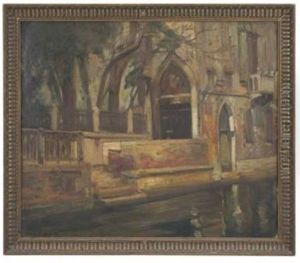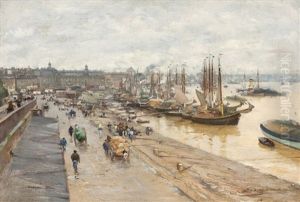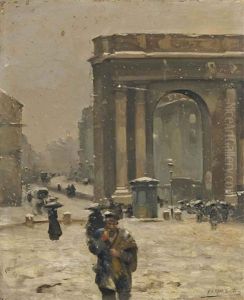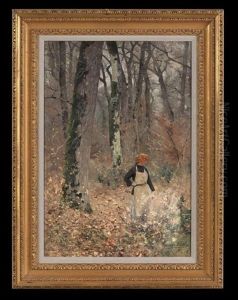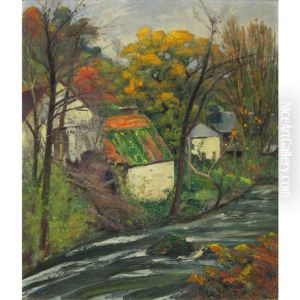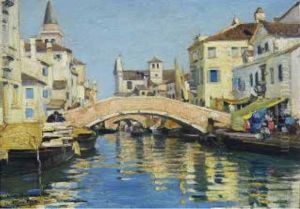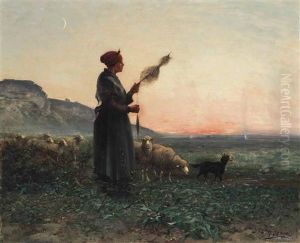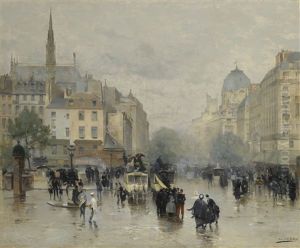Alfred Smith Paintings
Alfred Smith was a French painter born on August 30, 1854, in Bordeaux, France. His full name was Alfred-Pierre Agache, but he is not to be confused with another French painter, Alfred Agache, who was known for a different style of painting. Alfred Smith specialized in genre scenes, landscapes, and still lifes, and he gained a reputation for his realistic depictions and his skillful use of light.
Smith's artistic journey began in his hometown, where he initially trained under the local painter Pierre Lacour. Later, he moved to Paris to further his education and enrolled at the École des Beaux-Arts. There, he studied under the academic painter Jean-Léon Gérôme, who was known for his precise and polished style that Smith would come to emulate in his own work.
In the 1880s, Smith began exhibiting his artwork at the Paris Salon, the official art exhibition of the Académie des Beaux-Arts in Paris. His work quickly gained recognition, and he became known for his ability to capture the effects of light and atmosphere in his paintings, which ranged from serene landscapes to vibrant market scenes.
Throughout his career, Smith was influenced by the Barbizon school of painters, a group of artists working in the Barbizon village near the Fontainebleau Forest who were part of a movement towards Realism in art. However, he also incorporated some of the Impressionist techniques of loose brushwork and a brighter palette into his work, reflecting the evolving artistic trends of his time.
Alfred Smith's paintings were appreciated for their attention to detail and the sense of immediacy in his portrayal of everyday life. His works can be found in various museums and private collections around the world. Smith continued to paint and exhibit his works until his death on December 7, 1932, in Bordeaux, leaving behind a legacy as a respected artist of the late 19th and early 20th centuries.
